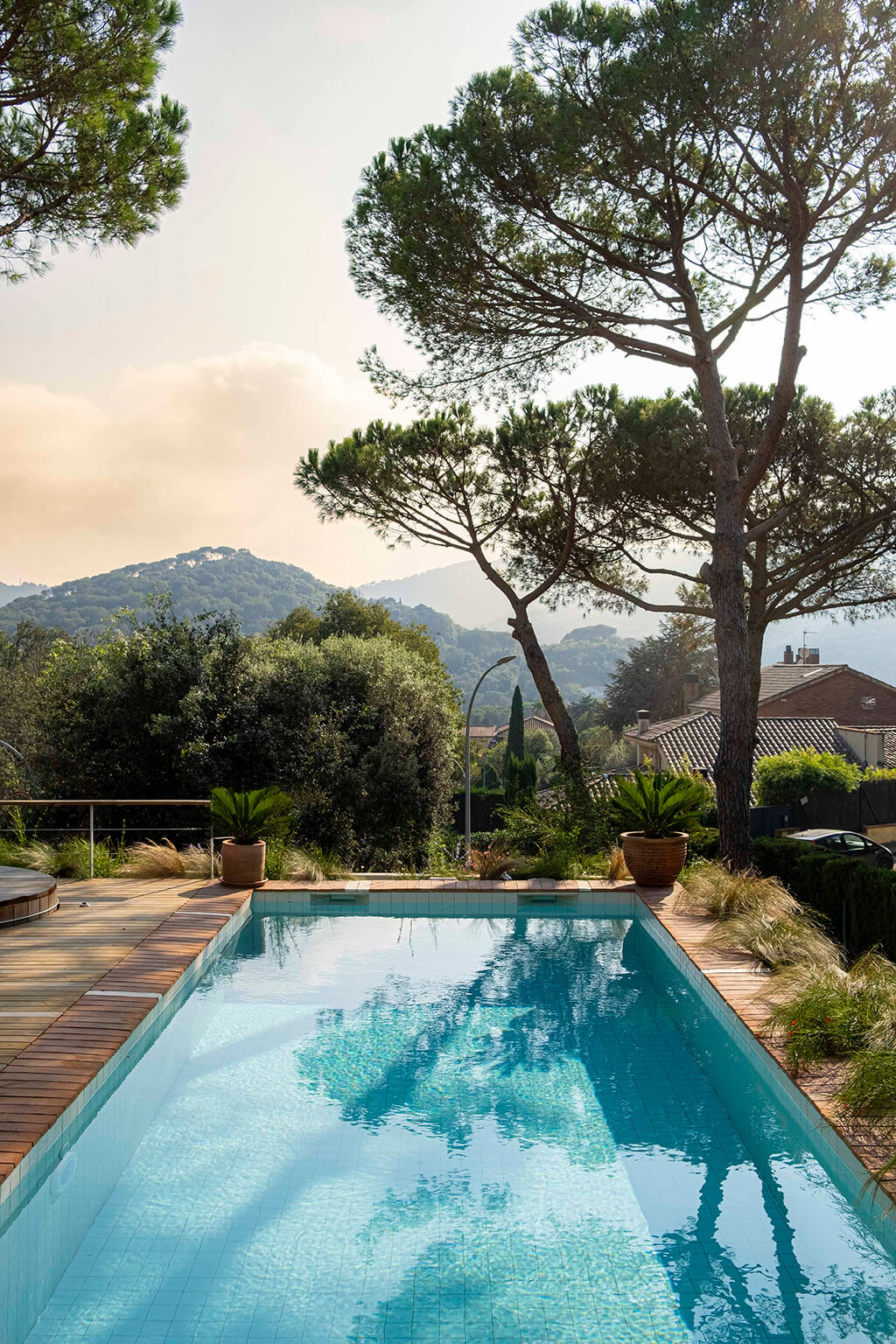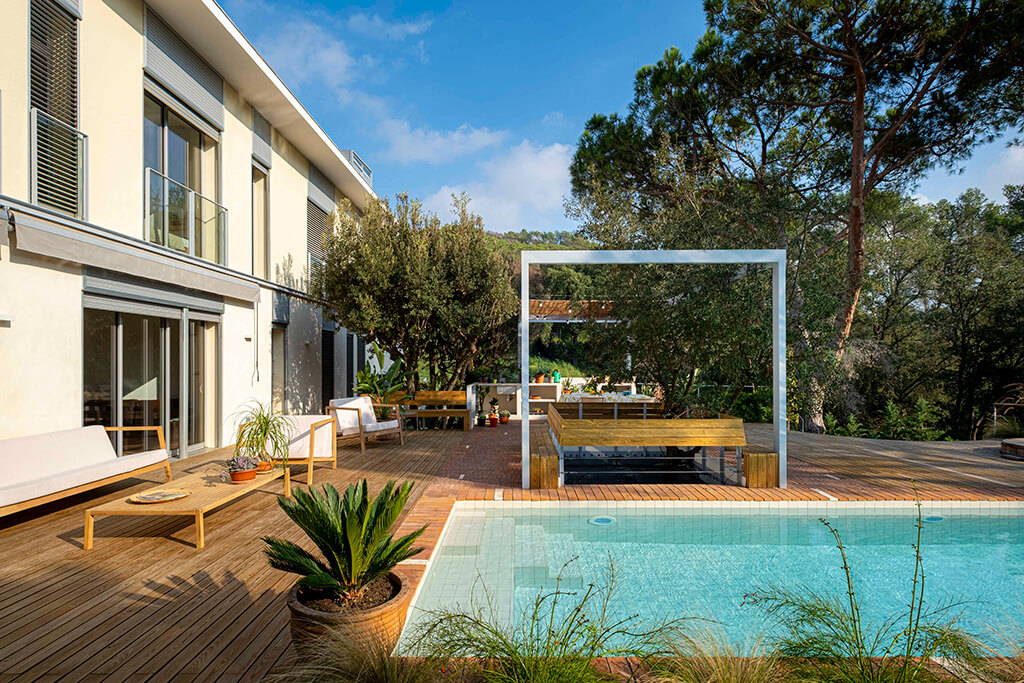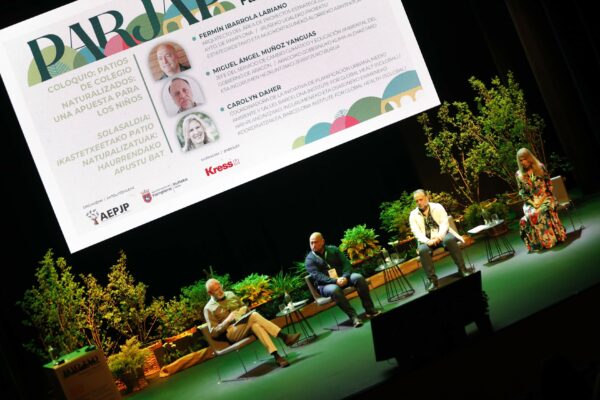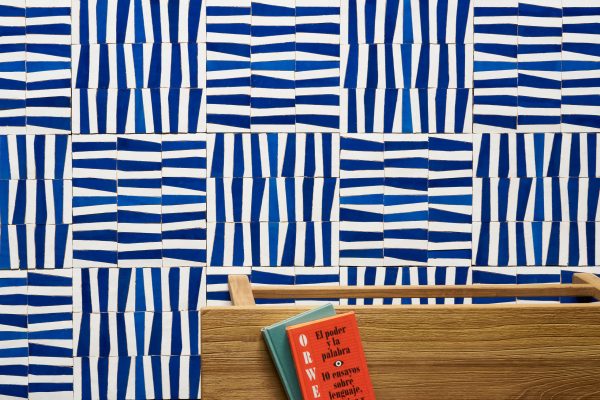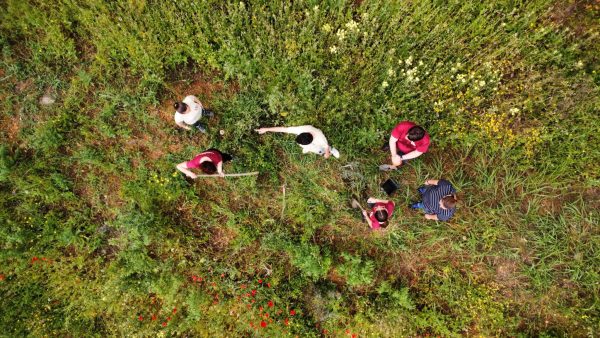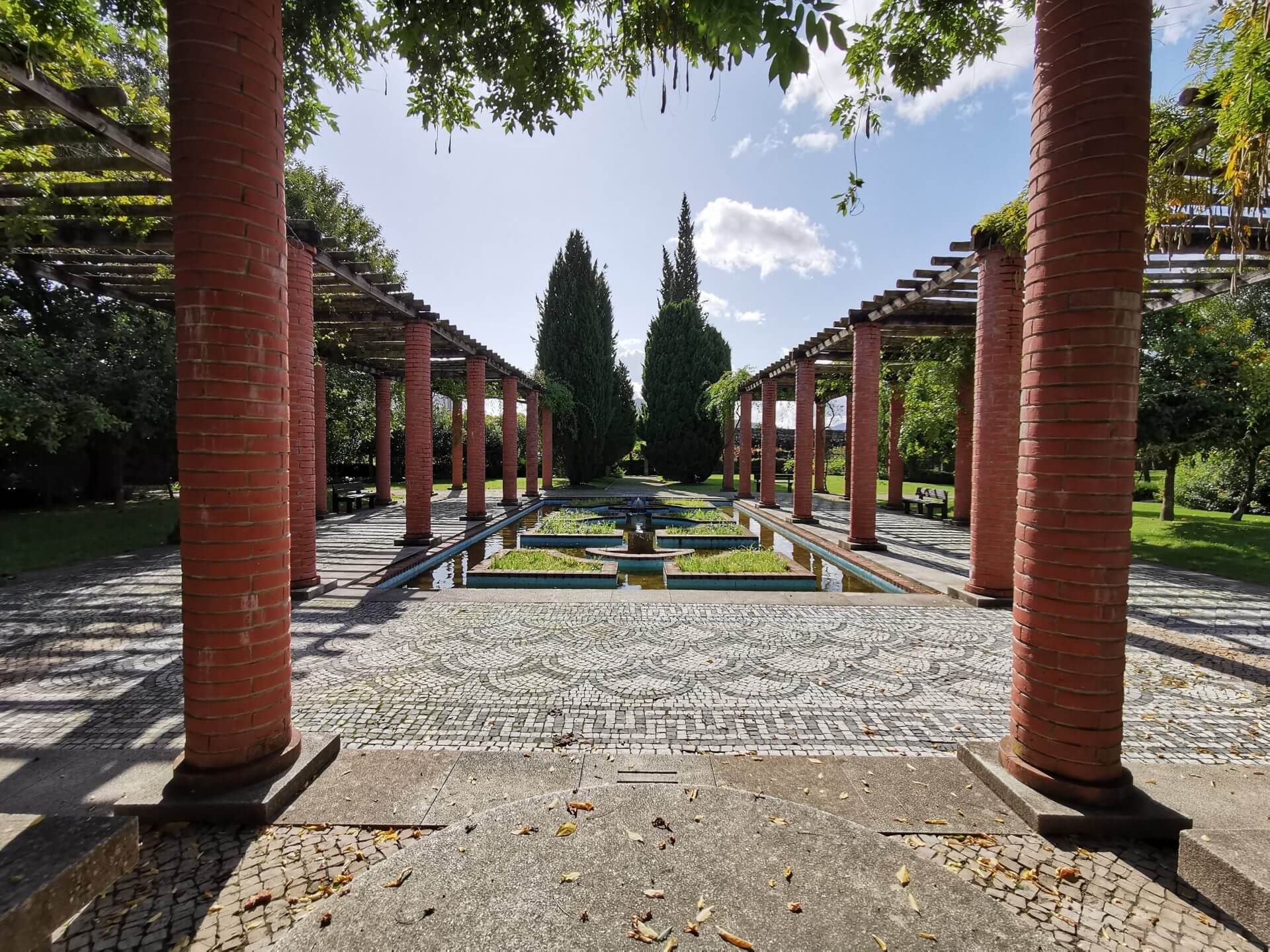
Mediterranean patio: how to make one of your own
When we think of the Mediterranean patio, we picture the oasis, the heart of the house. But what does a Mediterranean patio actually need to be a real one? We take a look at its basic components.
Water courses, fragrant bougainvillea, whitewashed walls… A Mediterranean patio can have all of those things, but also none of them. Let’s see which elements form the Mediterranean patio, and what alternatives could we use if one doesn’t have the space or chance to plant an olive tree in an idyllic landscape.
First of all, we’d need an open air space. But, in case of not having one, a space that could hold all of the following characteristics could do (we’ll see the bioclimatic characteristics of this kind of patio in depth in another post).
A game of light and shadows
Mediterranean patios are (or used to be) the center of the houses. Amongst other functionalities, this brings, as one could expect, tons of light into the buildings. Patios must receive enough light, just to bring one of the most important elements: the shadow.
How we get our shadow is detrimental in building the character of our space. Depending on where in the world we’re at, the need for protection from the sun will be higher or lower, but the Mediterranean patio never misses a chance to use materials of vegetal origin for their shadowing.
Wooden roofing, reed cane shadow, hemp or linen canopies… We prioritize lightweight materials that protect us from UV radiation without detracting from the clarity, especially of the resting areas. Which bring us to the next point:
The Mediterranean patio is a socializing element: make it comfy
Historically, Mediterranean homes tended to be discrete. The Mare Nostrum civilizations valued the privacy of their own homes, and from the outside one couldn’t generally see a lot of what was going on inside. However, we’re a highly social society. That turned the patios into the place where the outside and the inside met.
It is indispensable that the place is welcoming and comfortable for people to be in. The seating must be abundant and ample, the space must be cleared, and it is advisable to leave some room for practical things, like low tables and places to leave the glass one is drinking or the book one is reading.
The color palette, a basic requirement
One of the things that will give the patio its own entity is the color palette. And that flows directly from the choice of materials. Mediterranean houses are white washed. Thus the whiteness of the walls. Ceilings, roofing or coverage in general will also be white or the natural color of the material. And the floors will be, when possible, terracotta.
There are a ton of complementary colors to go to as to not have a completely white space (aside from the darker tones the furniture could provide). Any of the shades in our clay tiles or zellige collection is the perfect option to put a colorful note in your patio.
Choosing the right plants
Lastly, any Mediterranean patio that’s worth it has some green on it. Who wouldn’t like to have a colorful bougainvillea that creeps through a column towards the lintel of the window, a green and lush vine that provides shadow, or an opulent olive tree on the edge of the pool.
But, since it is not always possible to have these ideal conditions, our recommendation is to not become obsessed with the “typical” plants we associate with these spaces, to take into account where we are, and to choose native plants that will resist the climatic conditions in which they are going to live.
At the end of the day, the important thing is to build a space that is alive, pleasant and open, that invites in light, leisure and relaxation. In a word, that inhabits the Mediterranean spirit.
